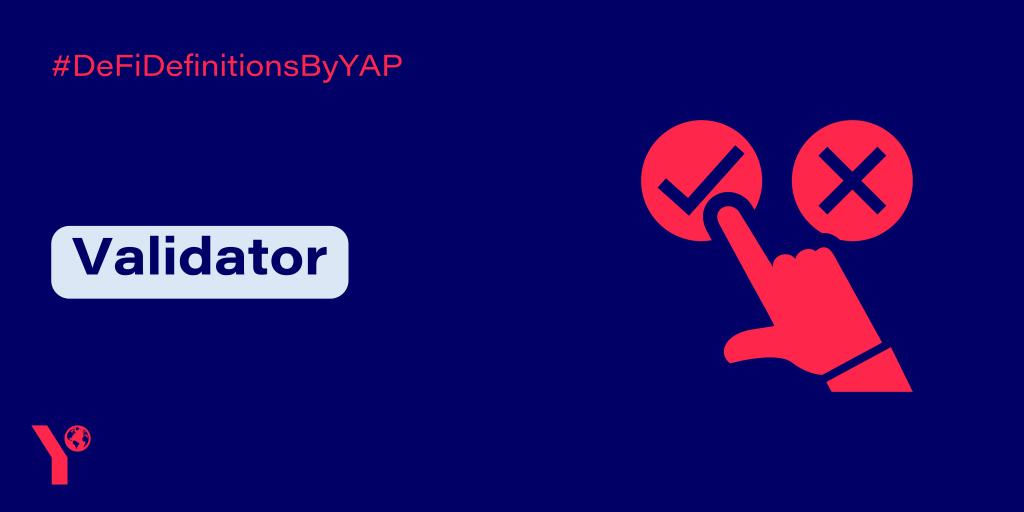A validator is a participant in a Proof-of-Stake (PoS) blockchain, chosen to confirm transactions and verify block information. To understand further, one has to consider Proof-of-Work (PoW) and Proof-of-Stake (PoS) consensus mechanisms.
In PoW, miners solve complex cryptographic puzzles to verify transactions using large amounts of computational power, receiving block rewards in exchange. In PoS, there are no miners. Instead, a validator is chosen randomly to check transactions, verify activity, vote on outcomes and maintain records. They receive transaction fees in rewards for this. To become a validator, a participant must first deposit 32ETH into the network, known as staking. Of course, it is simply not feasible for everyone to deposit 32ETH which has led to the invention of platforms such as Lido which allow people to deposit less ETH and earn rewards by creating pools.
While the selection process is random, those who deposit a larger stake have a greater chance of being selected. As long as the stake is higher than what the validator receives from transactions fees we can trust that the validator is acting with good intentions. Furthermore, validators will lose part of their stake if they approve fraudulent transactions. After Ethereum’s imminent Shanghai upgrade, ETH validators will have the chance to access their staked ETH and unlock their staking rewards since staking started in 2020.
